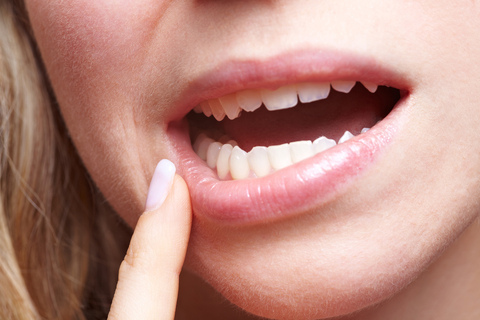Pros and Cons of Veneers
June 20th, 2024

You might have a small chip in a tooth from an unfortunate encounter with peanut brittle, or even several chips from a touch football game that got a little out of hand. Perhaps you have a gap in your teeth that you’ve always wanted to address. Or it could be that you are not happy with the shape or color of your teeth, and are looking for a straighter, brighter smile. In all these cases, veneers may the perfect solution for you.
Veneers are one of the most dramatic ways to improve your smile:
- Realistic Appearance: A dental veneer is a thin shell of porcelain that is bonded to your tooth. Because they are semi-translucent, much like actual enamel, veneers look like natural teeth.
- Rapid Transformation: Normally, the application of veneers requires only a few visits. Your tooth will be shaped to accommodate the veneer for a smooth, flat appearance. A mold will be made to ensure an exact fit. On a subsequent visit, the new veneer will be bonded to the tooth permanently.
- Whiteness that Lasts: Veneers are stain-resistant, so if you are looking for a long-lasting bright smile, they are a good option. (If you are getting only a few veneers, it is a good idea to have your natural teeth whitened to the shade you desire before the veneer color is selected. Veneer color is permanent.)
There are also some aspects to consider before going ahead with the procedure:
- Be Sure About Your Decision: Veneers are a permanent choice. Some enamel might need to be removed for the veneer to fit and the surface of your tooth will be treated to allow the veneer to bond to it properly.
- Check Your Overall Dental Health: You should have a check-up before starting the process to make sure your teeth and gums are healthy enough for veneers. If you have severe orthodontic issues, grind your teeth, or have a habit of clenching your jaw, your veneers will be put under pressure they were not designed to take. We can let you know if you are a good candidate for this procedure.
- Expense: Veneers are more expensive than some other options, such as whitening and bonding, but can offer more benefits. Veneers will cover staining that whitening cannot eliminate. Their translucent quality makes them look more realistic than bonding, and they are also far more stain resistant. The cost of a crown might be comparable, and a crown is recommended if there is significant damage to the underlying tooth. If you are looking for cosmetic improvement only, veneers leave more of the tooth intact.
- Longevity: Veneers do not last forever, and will need to be replaced eventually. However, they can have a life expectancy of ten to 15 years, and we can give you tips to keep your veneers looking and lasting their best.
If you decide veneers are right for you, give our Mt. Pleasant office a call. We will be happy to discuss the procedure with you and help you discover the best possible path to your best possible smile.






